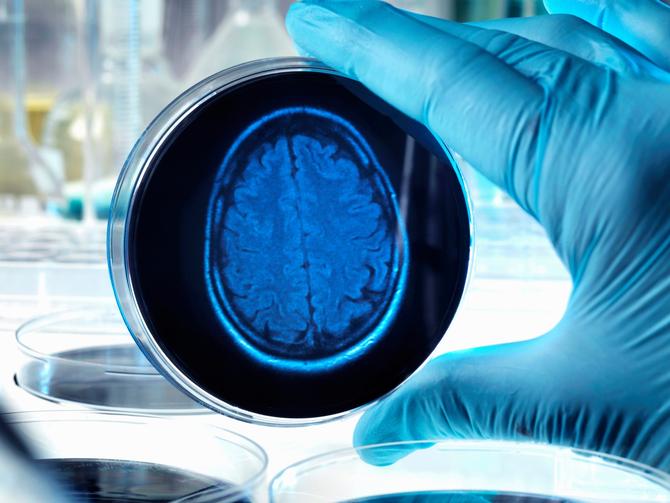https://youtube.com/watch?v=c_YV_omTtAg
But the ultimate goals of the project are nothing short of amazing: “The best possible outcome is to map the entirety of existing cache of neural network algorithms and applications to this energy-efficient substrate,” said Modha. “And, to invent entirely new algorithms that were hereto before impossible to imagine.”
IBM scientists are advancing toward “neuromorphic” computing — digital systems that process information like the brain — and launching a complete ecosystem for brain-like computing, with important near-term applications and visionary long-term prospects.
“For decades, computer scientists have been pursuing two elusive goals in parallel: engineering energy-efficient computers modeled on the human brain and designing smart computing systems that learn on their own — like humans do — and are not programmed like today’s computers,” said Dharmendra S. Modha, IBM Fellow and Chief Scientist for brain-inspired computing.









